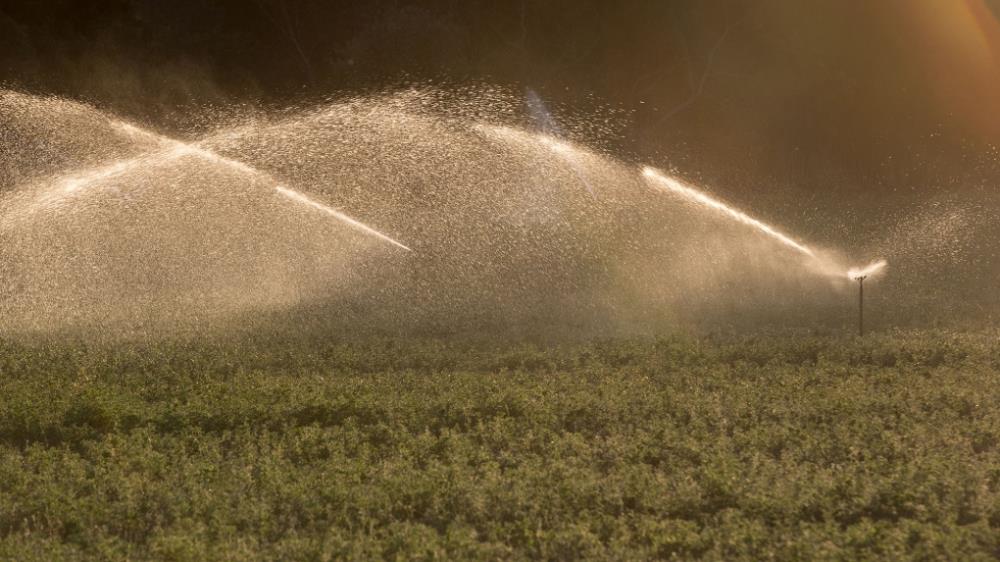
Related items loading ...
Section 1: Overview
Name of Research Project
|
Related Project
|
Part
|
|
GWF-NWF: Northern Water Futures
|
|
|
|
|
|
|
|
Program Affiliations
Related Research Project(s)
|
GWF-NWF: Northern Water Futures | |
Dataset Title
Investigating the spatial and temporal variability in greenhouse gas dynamics in Arctic tundra, Northwest Territories
Additional Information
Creators and Contributors
|
Oliver Sonnentag | PI | oliver.sonnentag@umontreal.ca | University of Montreal |
Carolina Voigt | Originator | carolina.voigt@umontreal.ca | University of Montreal |
Abstract
This dataset includes greenhouse gas flux measurements (chamber method) at an Arctic upland tundra site, Trail Valley Creek. The site is characterized by small-scale land cover type heterogeneity consisting of shrub, tussock and lichen patches, polygonal tundra and thermokarst-affected areas, wetlands, lakes, and streams. To understand the large spatial and temporal variability of greenhouse gas dynamics across these terrestrial and aquatic landcover types we used a nested observational approach at plot-, ecosystem-, landscape- and regional scale. Existing (since 2013) ecosystem-scale eddy covariance (EC) measurements of net CO2 and CH4 exchanges are complemented with plot-scale automated and manual chamber measurements within the EC tower footprint and beyond. These manual and automated chamber measurements were established in June 2019 and are on-going. During the growing season, manual chamber measurements of carbon dioxide (CO2) and methane (CH4) are conducted weekly, fluxes of nitrous oxide (N2O) are measured once during peak summer. Automated chambers continuously measure exchanges of CO2 and CH4 during the growing season. Greenhouse gas flux observations are complemented with a wide array of auxiliary measurements including soil profile dynamics of the gases CO2, CH4, and N2O, lake and soil pore nutrient concentrations (anions and cations), soil temperature, moisture, and oxygen profiles, thaw depth , leaf area index (LAI), normalized difference vegetation index (NDVI), lake catchment characteristics, and quality and microbial degradability of aquatic dissolved organic matter.
Purpose
To understand the large spatial and temporal variability of greenhouse gas dynamics across these terrestrial and aquatic land cover types we used a nested observational approach at plot-, ecosystem-, landscape- and regional scale.
Plain Language Summary
Keywords
|
Arctic tundra |
Greenhouse gas flux |
Eddy covariance |
Trail Valley Creek |
Citations
Section 3: Status and Provenance
Dataset Version
Dataset Creation Date
Status of data collection/production
Dataset Completion or Abandonment Date
Data Update Frequency
Creation Software
Primary Source of Data
Other Source of Data (if applicable)
Data Lineage (if applicable). Please include versions (e.g., input and forcing data, models, and coupling modules; instrument measurements; surveys; sample collections; etc.)
Section 4: Access and Downloads
Access to the Dataset
Terms of Use
Does the data have access restrictions?
Downloading and Characteristics of the Dataset
Download Links and Instructions
Total Size of all Dataset Files (GB)
File formats and online databases
Other Data Formats (if applicable)
List of Parameters and Variables
|
Soil temperature | Degrees Celsius | | Field experiment, Field observation |
Soil moisture | % | | Field collected samples |
Leaf area index | unitless | | Field experiment |
Naturalized vegetation index | unitless | | Field experiment |
Thaw depth | cm | | Field experiment, Field observation |
Vegetation community composition | % | | Field experiment, Field observation |
Oxygen | mg/L | | Field experiment, Field observation |
Carbon dioxide flux | mg C m-2 h-1 | | Field experiment, Field observation |
Methane flux | mg m-2 h-1 | | Field experiment, Field observation |


 GWFNet
GWFNet Master
Master Data
Data Research
Research Map
Map
 Advanced
Advanced . . .
. . .

 Metadata Editor
Metadata Editor
 Record List
Record List
 Alias List Editor
Alias List Editor
 Legacy sites
Legacy sites